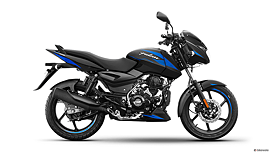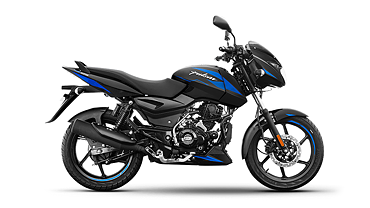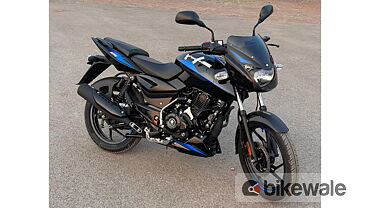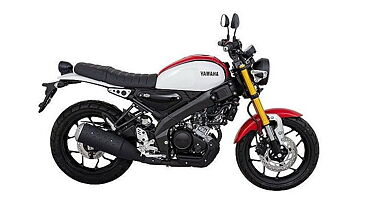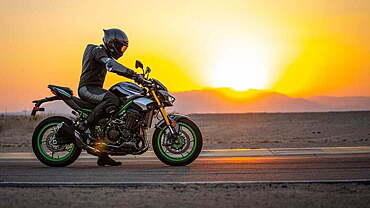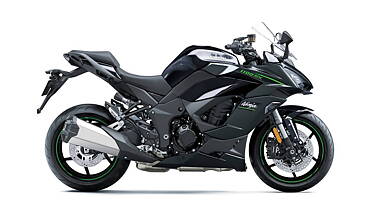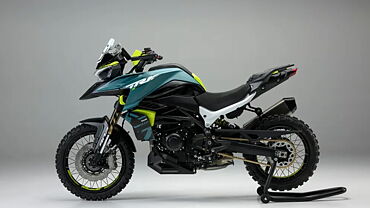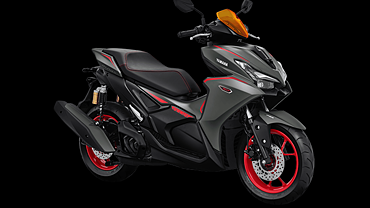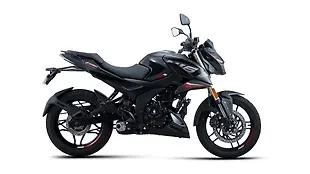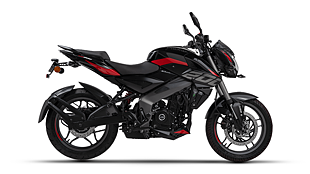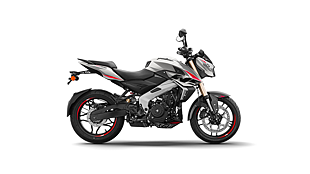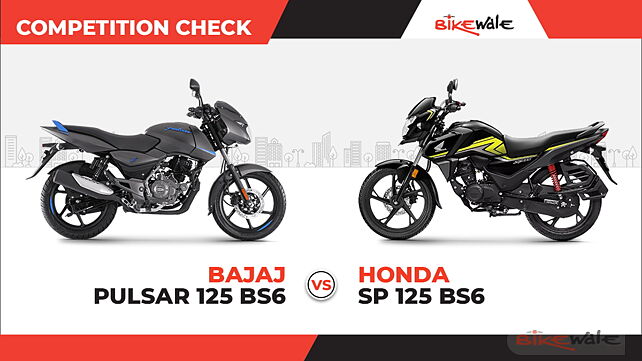
Bajaj Auto recently announced the prices for the BS6 compliant Pulsar 125. The motorcycle from the Pune-based manufacturer, which is available from Rs 69,997 (ex-showroom Delhi) onwards, faces a direct threat from Honda Motorcycle and Scooter India’s premium commuter, the SP 125 BS6. In this on-paper comparison, we compare the features, technical specifications and the prices of both motorcycles.
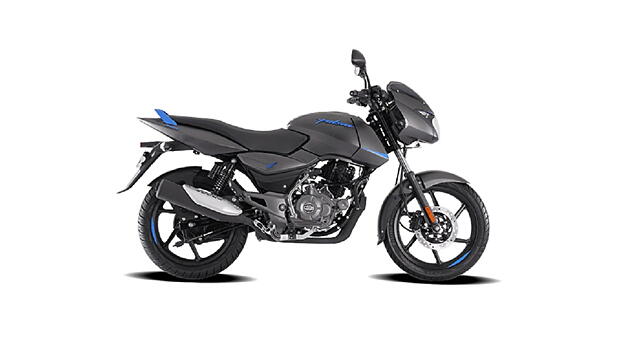
Styling
The Bajaj Pulsar 125 carries the muscular looks of the Pulsar 150. Thus, the 125cc motorcycle from Bajaj Auto comes equipped with a halogen headlight along with LED DRLs at the front, a bikini fairing and a sharp tail section. The grille on the side panel and the sleek rear panel add a sporty touch to the overall package while the neon paint options further enhance the styling quotient of the motorcycle.
The Honda SP 125 may not be as beefy as the Pulsar 125, but it still looks sufficiently muscular. Similar to the Pulsar 125, the SP 125 comes with a bikini fairing at the front along with a tinted visor. The Honda motorcycle, however, features bigger fuel tank shrouds and sharp graphics that enhance the overall aesthetics and make the SP 125 look more appealing. The lean design of the motorcycle looks less intimidating than the muscle packed Pulsar 125, and it should also be less intimidating to the relatively inexperienced riders.

Features
The Honda SP 125 clearly outruns the Bajaj motorcycle in the features department. The SP 125 comes equipped with a full-LED headlight and a full-digital instrument cluster. Apart from the ride-related data, the instrument cluster on the SP 125 also displays real-time fuel economy, average fuel economy, distance-to-empty, service due indicator, gear position indicator and an eco-indicator. The Bajaj Pulsar 125 features budget-friendly hardware such as a halogen headlight at the front and a semi-digital instrument cluster.
The switchgear on both motorcycles includes an engine-kill button and a pass light control. The Honda, however, features a much cleaner setup by integrating the engine-kill and the starter function into one button. The pass controller on the SP 125, too, is integrated with the high/low beam function.

Cycle Parts
The shock absorption hardware on both motorcycles includes conventional telescopic forks at the front and preload-adjustable twin springs at the back. Braking setup, too, is similar and the anchoring power on the base versions on the Pulsar 125 and the SP 125 comes from drum brakes on both wheels. The premium versions of both motorcycles use a 240mm disc brake at the front. All variants pack the safety net of the combined braking system (CBS).
The Bajaj Pulsar 125 comes with 17-inch alloy wheels that are wrapped in an 80/100-section tyre at the front and a 100/90-section tyre at the rear. The Honda SP 125, on the other hand, uses a relatively skinnier rear tyre. The 18-inch alloy wheels feature 80/100-section tyres on both ends.
Engine
While the SP 125 packs more features than the Pulsar 125, the latter makes up for it with the power and torque output figures. The 124.4cc motor on the Pulsar 125 generates 11.8bhp of power and 11Nm of torque. In comparison, the Honda SP 125 uses a 124cc engine that is tuned to produce 10.7bhp and 10.9Nm of torque. Do note that the SP 125 features a much lower kerb weight (118kg vs 140kg) than the Pulsar 125.

Price
The Bajaj Pulsar 125 is available at a relatively lower price tag than the Honda SP 125. The drum brake version of the Pulsar 125 is priced at Rs 69,997 while the disc brake model retails at Rs 74,118. The SP 125 drum brake model is available for Rs 73,452 while the disc variant is sold for Rs 77,652.
(All prices mentioned above are ex-showroom Delhi)

